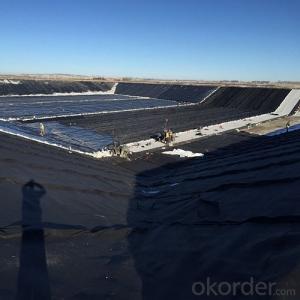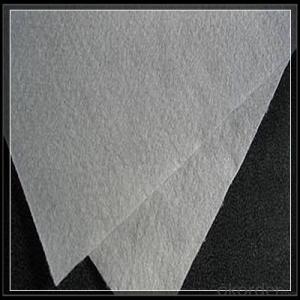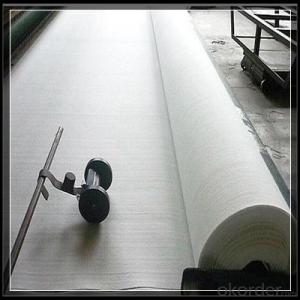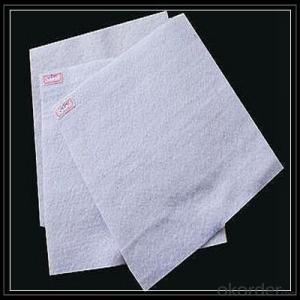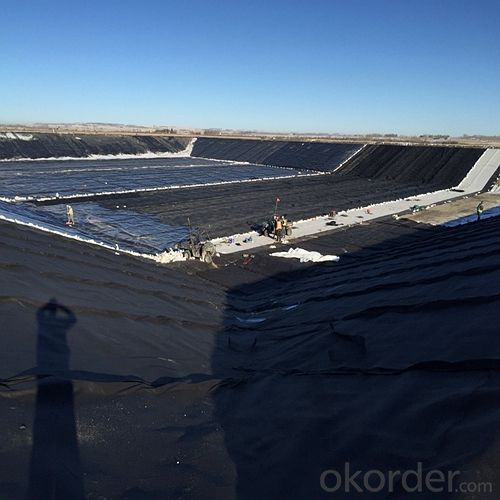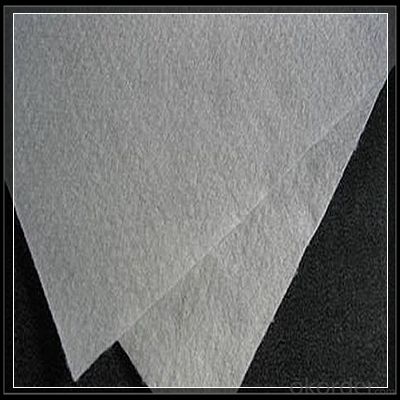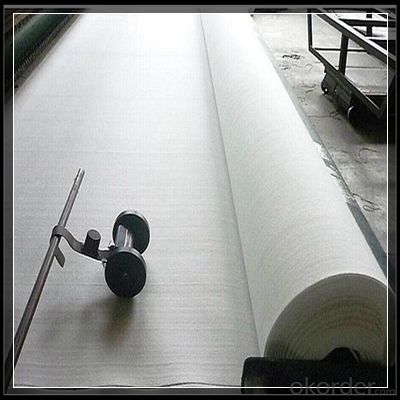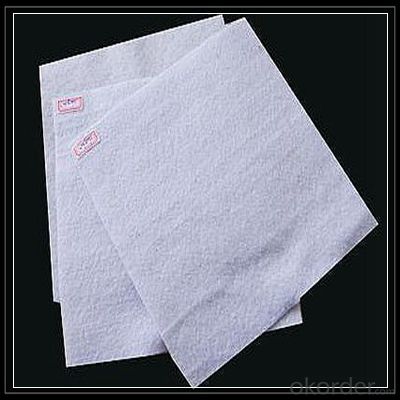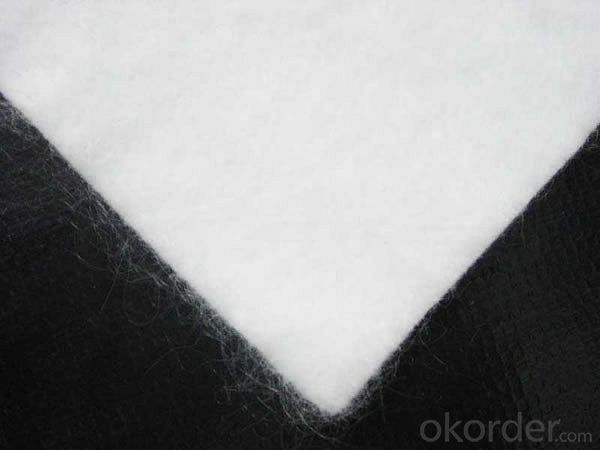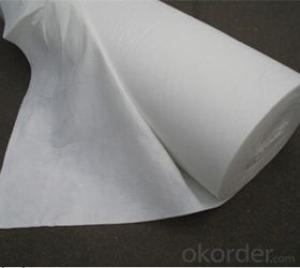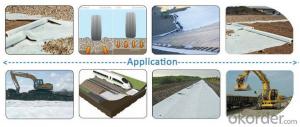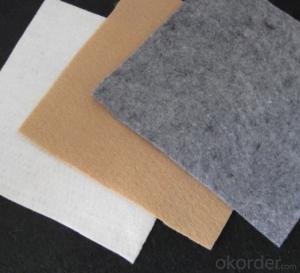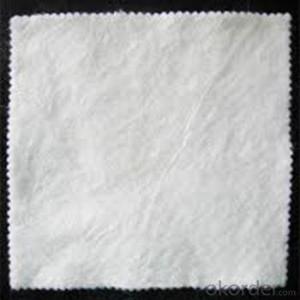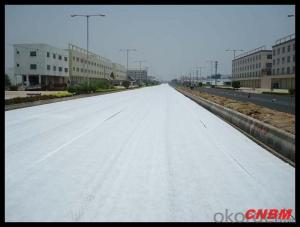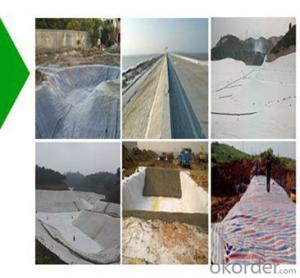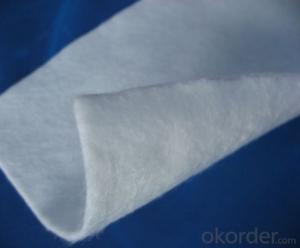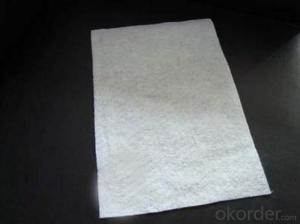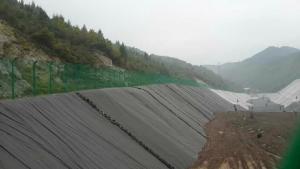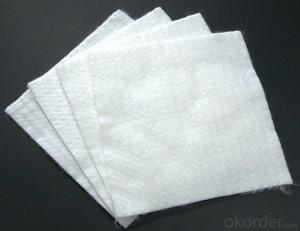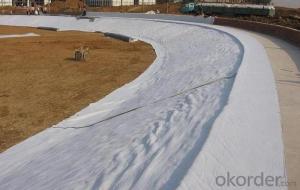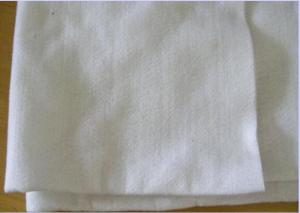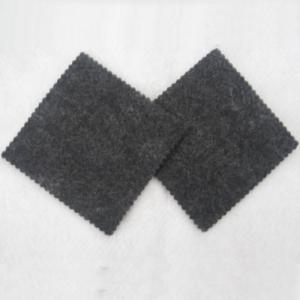Dupont Typar Geotextile - Short Non-Woven Geotextile Fabric Composites and High Strength Materials
- Loading Port:
- China main port
- Payment Terms:
- TT OR LC
- Min Order Qty:
- 1000 m²
- Supply Capability:
- 1000000 m²/month
OKorder Service Pledge
OKorder Financial Service
You Might Also Like
Specification

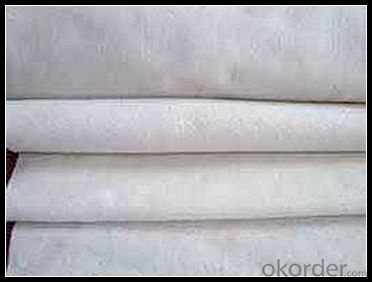
Introduction
CNBM Geotextile acts similar to a sand filter by allowing water to move through the soil while retaining all upstream soil particles. CNBM Geotextiles are used to prevent soils from migrating into drainage aggregate or pipes while maintaining flow through the system. CNBM Geotextiles are also used below rip rap and other armour materials in coastal and river bank protection systems to prevent soil erosion.
filtration
Functions- Geotextile
Geotextile is made of a planer, porous, polymeric textile material that may be non-woven Geotextile, knitted Geotextile or woven Geotextile and has applications to be used in contact with soil, rock, and other geotechnical material in different civil engineering applications. The main function is to provide good separation , filtrations, protection, drainage and reinforcement thereby increasing the life of structure. We have a fully automatic and modern plant of knitting Geotextile, woven Geotextile and non woven geotextiles.
Our Service
Quality assurance
1.On a regular basis or as per your request,we entrust national testing agencies to conduct quality inspections
2. Strictly in accordance with the ISO9001-2008 international quality system standard,we monitor and manage the whole process throughout production,quality testing,and measurement to ensure product quality
3. For quality-related construction delay or substandard construction(except for damage or losses due to customer’s responsibility or irresistible natural disasters),we have refunding,replacement,and repair services.We will respond to customers’ feedbacks on quality issues within 24 hours.
After-sales service
1.In order to provide customers with comprehensive technical support,we will provide technical and other related information upon request in a timely manner.
2.In required,we will appoint specialized technicians to the construction site to give technical trainings to construction people,and offer technical guidance throughout the whole construction process.
3.For damage due to shipment and delivery,after we receive the complaint,we will check the issure through provided pictures and videos.If our responsibility is confirmed,we wil offer free replacement.
4.When the construction is completed,as your request,our technical staff may participate in the final acceptance.
FAQ:
Q: What kind of payments does jenor support?
A: T/T, L/C, Cash are accepted.
Q: Do you charge for the samples?
A: Accordeing to our company policy, the samples are free, we only charge the freight fee. And we will return the freight fee during the next order.
Q: Can you produce according to customers' design?
A: Sure, we are professional manufacturer, OEM and ODM are both welcome.
Q: Do you have other products?
A: Yes, please check the pictures:
- Q: Can geotextiles be used in groundwater control?
- Yes, geotextiles can be used in groundwater control. Geotextiles are permeable fabrics that can be used to filter, separate, reinforce, or drain soil and water. In groundwater control, geotextiles can be used as a barrier to prevent the migration of fine particles and to control the flow of groundwater. They can be employed in various applications such as drainage systems, erosion control, and construction projects to manage and control groundwater effectively.
- Q: How do geotextiles contribute to disaster management?
- Geotextiles contribute to disaster management by providing effective solutions for erosion control, slope stabilization, and flood control. These permeable fabrics help prevent soil erosion, reinforce unstable slopes, and retain sediments, reducing the impact of natural disasters such as landslides and floods. Geotextiles also assist in the construction of temporary roads and shelters, enabling easier access for rescue and relief operations during emergencies.
- Q: Can geotextiles be used in mining applications?
- Yes, geotextiles can be used in mining applications. They are commonly used in mining for various purposes such as erosion control, soil stabilization, and filtration. Geotextiles can help to prevent soil erosion on slopes, reinforce weak soil structures, and separate different materials in mining operations. Additionally, they can aid in water management by acting as a barrier or filter to control sedimentation and drainage.
- Q: Are geotextiles suitable for use in railway ballast stabilization?
- Yes, geotextiles are suitable for use in railway ballast stabilization. Geotextiles can improve the stability and performance of railway ballast by preventing the mixing of ballast and subgrade soils, reducing track settlement, improving drainage, and enhancing overall load-bearing capacity. They also help in reducing maintenance needs and increasing the lifespan of the railway tracks.
- Q: Geotextile how much money a square
- Geotextile laying - including the labor costs (according to geotextile specifications and laying conditions and requirements are different), material costs (specific quality requirements and thickness, are not the same ..), mechanical use costs (such as transport, sewing System, hoisting, etc.). The price is different. Sometimes the construction of our geotextile laying, the price per square meter from 9 yuan to 50 yuan range.
- Q: What are the different geotextile reinforcement techniques?
- There are several different geotextile reinforcement techniques, including mechanical methods such as soil nails, ground anchors, and geogrids, as well as chemical methods like soil stabilization using polymers or cement additives. Additionally, techniques such as soil wrapping, slope terracing, and retaining walls can also be used to provide geotextile reinforcement in various applications.
- Q: How do geotextiles help in preventing piping in dams?
- Geotextiles help in preventing piping in dams by providing a barrier against soil erosion and seepage. They are placed in the dam structure and act as a filter to prevent fine particles from being washed away by water flow. This, in turn, reduces the risk of internal erosion and piping, ensuring the stability and longevity of the dam.
- Q: Are geotextiles suitable for use in dam construction?
- Yes, geotextiles are suitable for use in dam construction. They are commonly used as a filter or separation layer to prevent soil erosion, control seepage, and enhance the stability of the dam structure. Geotextiles have proven to be effective in reinforcing soils, improving drainage, and providing long-term durability, making them a valuable component in dam construction projects.
- Q: What are the considerations for geotextile selection in riverbank stabilization?
- When selecting geotextiles for riverbank stabilization, several considerations need to be taken into account. The first is the strength and durability of the geotextile, as it needs to withstand the erosive forces of the river and maintain its integrity over time. Additionally, the permeability of the geotextile is important, as it should allow for adequate water drainage while preventing the loss of fine soil particles. The installation requirements and methods should also be considered, as some geotextiles may require specialized equipment or techniques. Lastly, the cost-effectiveness of the geotextile should be evaluated, weighing the initial investment against the long-term benefits and effectiveness in stabilizing the riverbank.
- Q: How do geotextiles aid in the reduction of seepage flow?
- Geotextiles aid in the reduction of seepage flow by acting as a barrier that prevents the movement of water through soil. They are designed to allow water to pass through while retaining fine particles, effectively reducing the flow of water and preventing soil erosion.
Send your message to us
Dupont Typar Geotextile - Short Non-Woven Geotextile Fabric Composites and High Strength Materials
- Loading Port:
- China main port
- Payment Terms:
- TT OR LC
- Min Order Qty:
- 1000 m²
- Supply Capability:
- 1000000 m²/month
OKorder Service Pledge
OKorder Financial Service
Similar products
Hot products
Hot Searches
Related keywords
